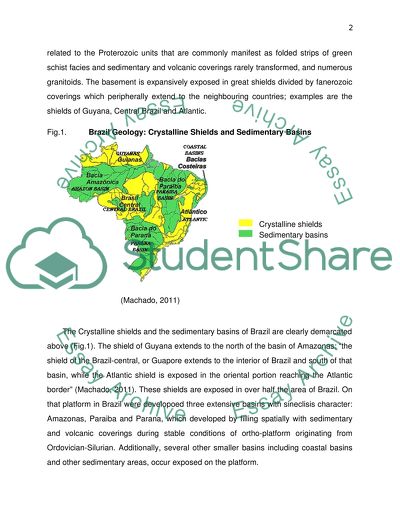Cite this document
(The Geology of Brazil: the Multi-Cultural Character of the Nation Research Paper, n.d.)
The Geology of Brazil: the Multi-Cultural Character of the Nation Research Paper. Retrieved from https://studentshare.org/geography/1448914-geology-of-brazil
The Geology of Brazil: the Multi-Cultural Character of the Nation Research Paper. Retrieved from https://studentshare.org/geography/1448914-geology-of-brazil
(The Geology of Brazil: The Multi-Cultural Character of the Nation Research Paper)
The Geology of Brazil: The Multi-Cultural Character of the Nation Research Paper. https://studentshare.org/geography/1448914-geology-of-brazil.
The Geology of Brazil: The Multi-Cultural Character of the Nation Research Paper. https://studentshare.org/geography/1448914-geology-of-brazil.
“The Geology of Brazil: The Multi-Cultural Character of the Nation Research Paper”, n.d. https://studentshare.org/geography/1448914-geology-of-brazil.


